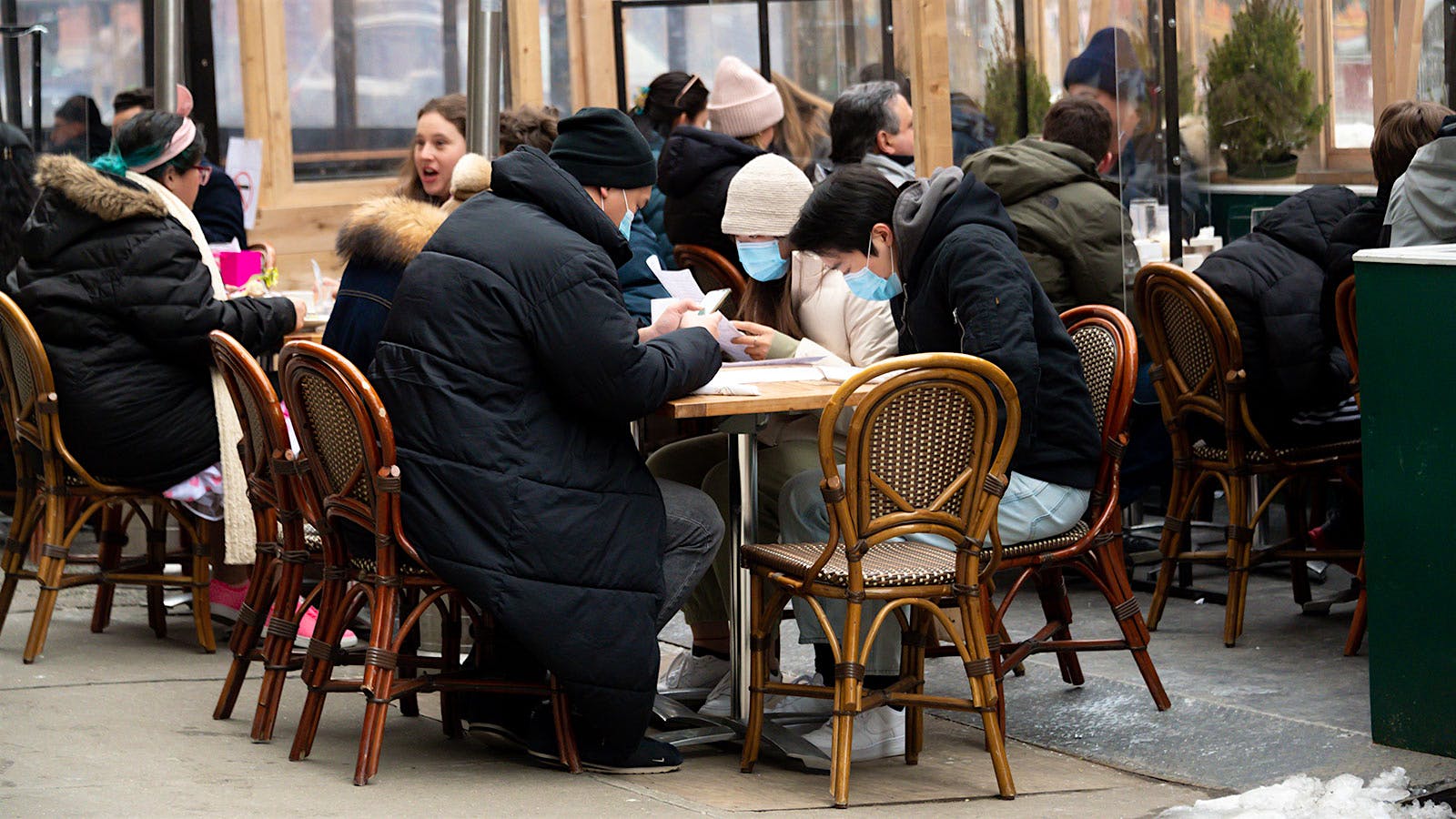One year after the COVID-19 pandemic began, the U.S. government has enacted the first federal aid targeted directly at one of the most heavily damaged American economic sectors: the restaurant industry. And it could help impacted wineries, as well. The American Rescue Plan (ARP), passed by Congress and signed into law by President Joe Biden last week, includes $28.6 billion for restaurants, bars and other dining businesses. Winery tasting rooms are also included.
Why now?
This is the third major piece of COVID aid legislation passed since the pandemic began last year. Restaurant-specific aid was discussed for the second measure, but Congress opted to focus on the Paycheck Protection Program (PPP), which gave forgivable loans to companies in multiple sectors.
Restaurant-specific aid was first proposed last fall when the House of Representatives considered the Real Economic Support that Acknowledges Unique Restaurant Assistance Needed to Survive (RESTAURANTS) Act. That bill proposed more than $120 billion in direct grants to the dining industry. (And no, it is not the most awkward acronym in legislative history.) The act passed the House but not the Senate, and despite pleas from the restaurant industry, was never incorporated into the Coronavirus Aid, Relief and Economic Securities (CARES) Act that was signed into law in March 2020. During this round of legislating, the bill was added to the ARP, albeit at a much smaller price tag of just under $30 billion.
Didn’t restaurants benefit from PPP loans?
Yes, but mostly no. Many restaurants did take PPP loans that were offered in the first two stimulus bills. But those bills mandated that businesses use the majority of the money to pay workers. The idea was that companies hurt by the pandemic would still be able to pay their staff, saving jobs.
For most restaurants, that proved less than ideal. Because shutdowns forced them to close their doors completely or switch to limited takeout service, they might have been able to pay staff with PPP loans, but they couldn’t cover the rent, utilities or most other costs.
How does the new aid help?
Eating and drinking venues, including winery tasting rooms, can apply for grants to cover expenses back to Feb. 15, 2020. Eligible expenses include mortgage and rent payments, wages, benefits, building outdoor eating areas and many other categories. The size of the grants will be determined by comparing 2020 revenues with 2019 revenues.
More than $5 billion will be reserved for smaller businesses whose annual receipts were below $500,000. Grants will be capped at $10 million for restaurant groups and $5 million for individual places. Publicly traded companies or restaurants with more than 20 locations are ineligible.
Will it be enough?
While restaurateurs and chefs will be grateful for the help, the aid comes too late for many restaurants. A year after shutdowns began, 110,000 restaurants—17 percent of the industry—have closed permanently or long-term as a result of the pandemic, per the National Restaurant Association. The industry has lost 2.5 million jobs.
And at the smaller $28.6 billion price tag, the aid may not be enough. Monthly sales for restaurants dropped by more than $30 billion per month at the start of the pandemic. It’s now roughly $10 billion less per month, even as more states roll back restrictions on dining. While infection rates are going down and millions of Americans are being vaccinated each day, it is still unclear how quickly restaurants will regain their footing.
Stay on top of important wine stories with Wine Spectator’s free Breaking News Alerts.
